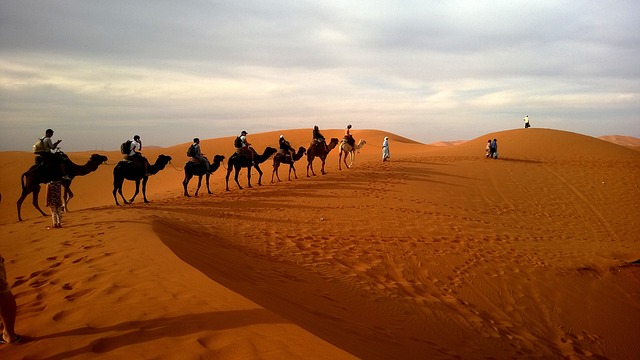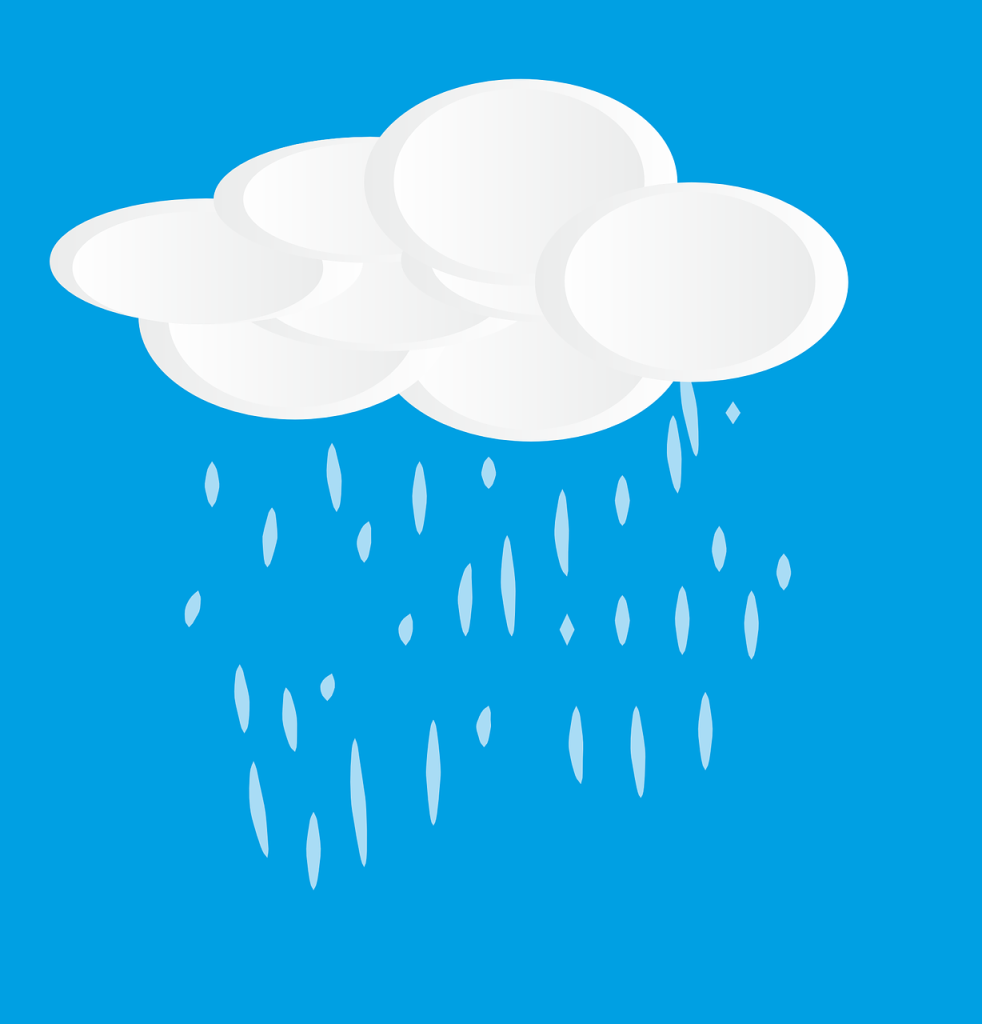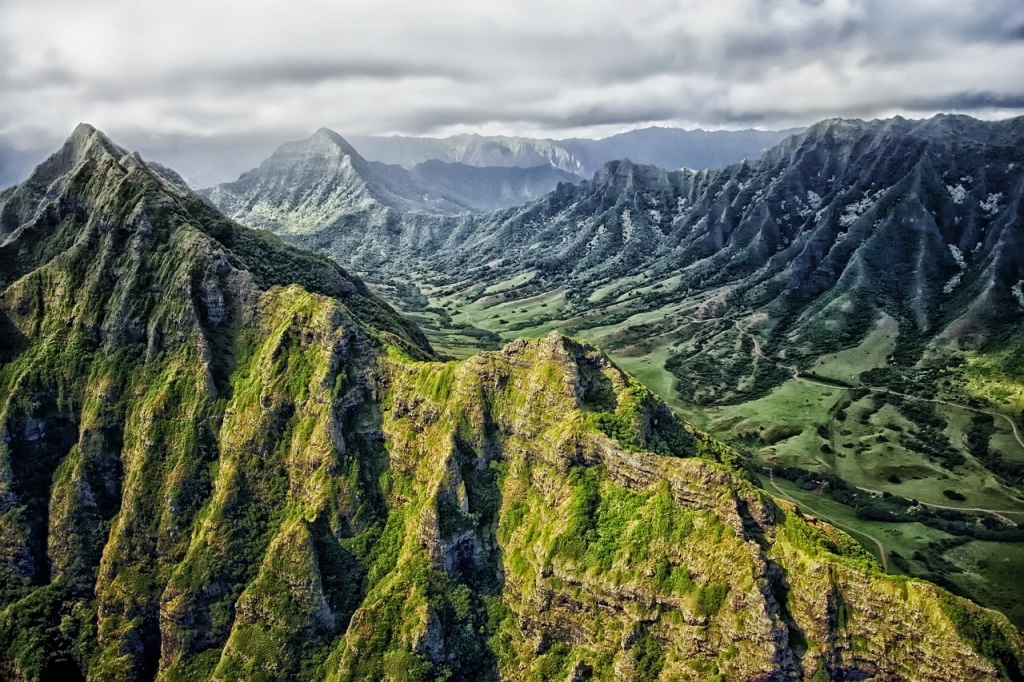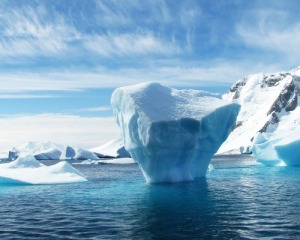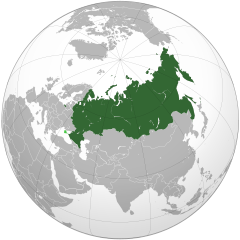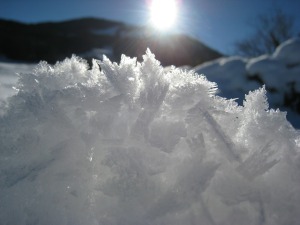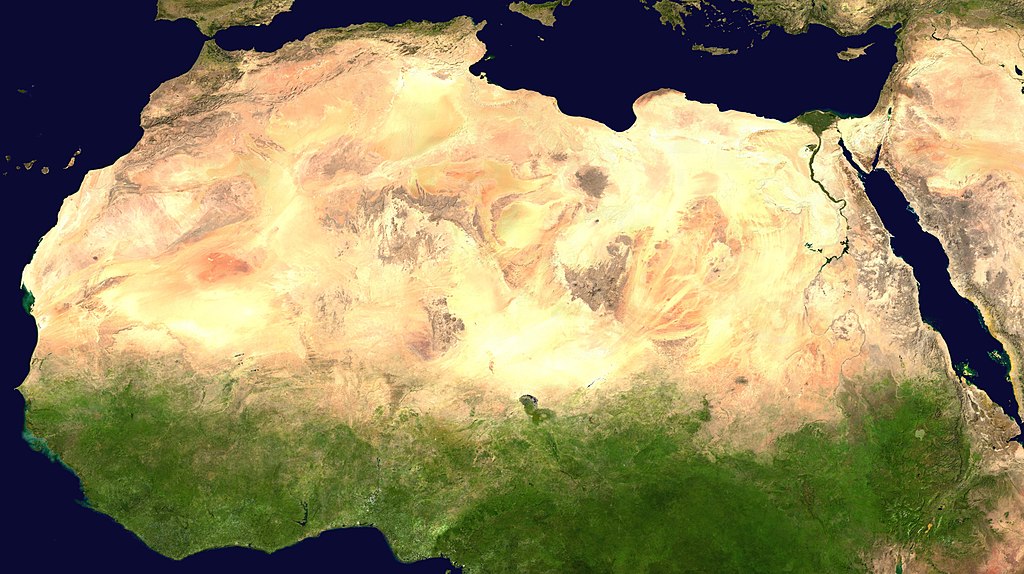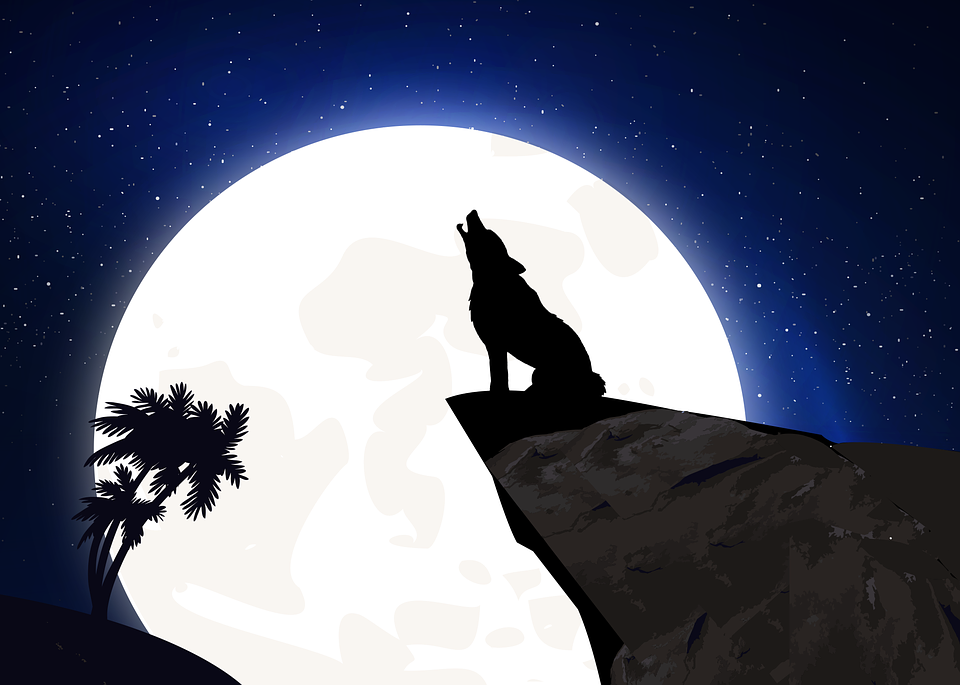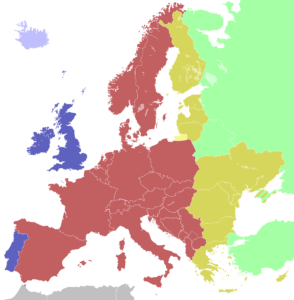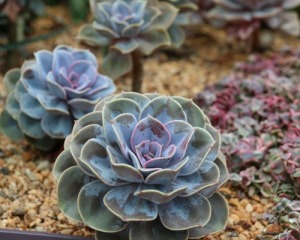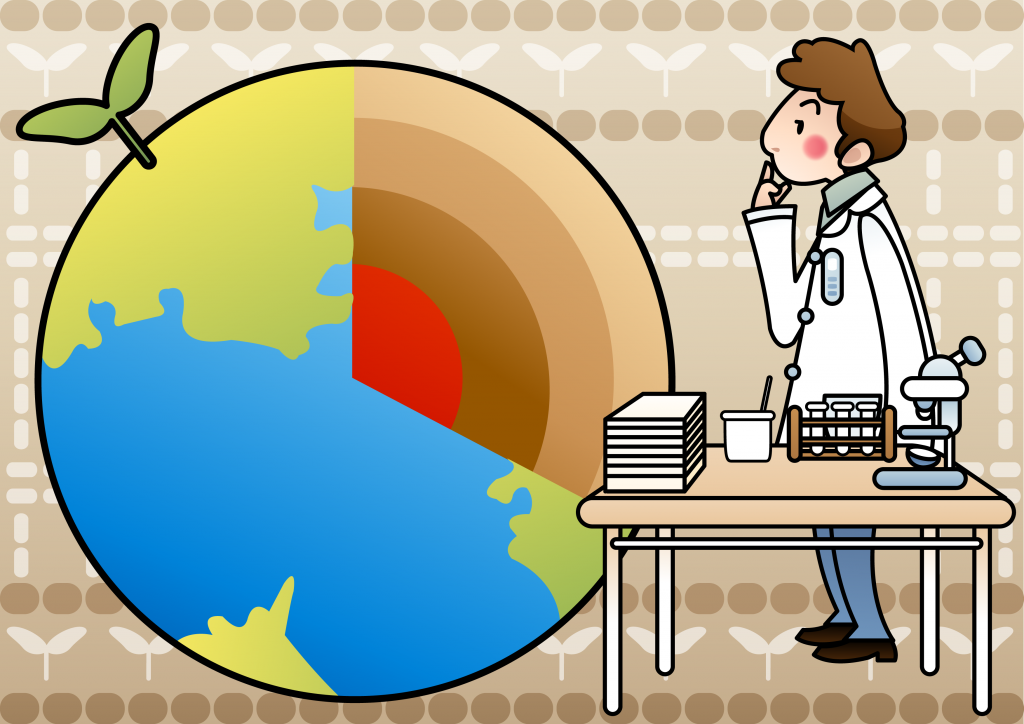Desert Facts For Kids
Would you like to learn some cool facts about deserts? Read on! When you finish reading, download or print our question page from the activity section at the end.
When you think of deserts do you think of dry, sandy, ridiculously hot places? Well you’re mostly right, but bet you didn’t know not all deserts are like this?
Read on and you could be quite surprised!
What is a desert?
As we said when you think of a desert you probably think of huge dry areas with very little plants, a couple of camels thrown in and miles and miles of sand.
Yes, that’s what most deserts are – very dry and they don’t get much rain.
For a place to be called a desert it has to be an area that gets less than 10 inches (24 millimeters) of precipitation a year.
That is a tiny amount of precipitation when you compare it to Mount Waialeale in Hawaii that gets 460 inches (nearly 12,000 millimeters) a year!
What is precipitation?
Well surprisingly precipitation isn’t just rain. It is actually liquid and solid particles that fall from the clouds and reach the ground.
It can be drizzle, rain, snow, snow pellets, ice crystals or hail. So now we know what precipitation is.
The Largest Ice Desert
Even though we think they should be, surprisingly not all deserts are hot and they can be in really, really cold areas too!
Are you ready for this? There is a desert at the North Pole, called the Arctic desert. And the world’s largest desert is at the South Pole, called Antarctica. Wow, who would have thought?
Antarctica is 5,339,573 square miles (8593209 square kilometers). Let’s give you an idea of how absolutely massive that is!
If you compare it with the size of Russia, which is the largest country in the world (6,592,768.87 square miles or 10,610,031 square kilometers), you will see just how big the Antarctic Desert is.
There is practically no rainfall in Antarctica. It is so, so, so cold that it only ever snows.
What makes Antarctica so different to other deserts is that the snow never evaporates.
That means it doesn’t just melt and go away, but it just keeps building up over thousands of years until there are humongous ice sheets.
The Largest Sand Desert
Now let’s move on to the deserts we are used to…the sand types. The largest desert in the world, that isn’t at either of the poles, is the Sahara Desert in North Africa.
This desert looks just like the kind we think of. There are lots of sand dunes, with some of them as high as 500 feet (150 meters).
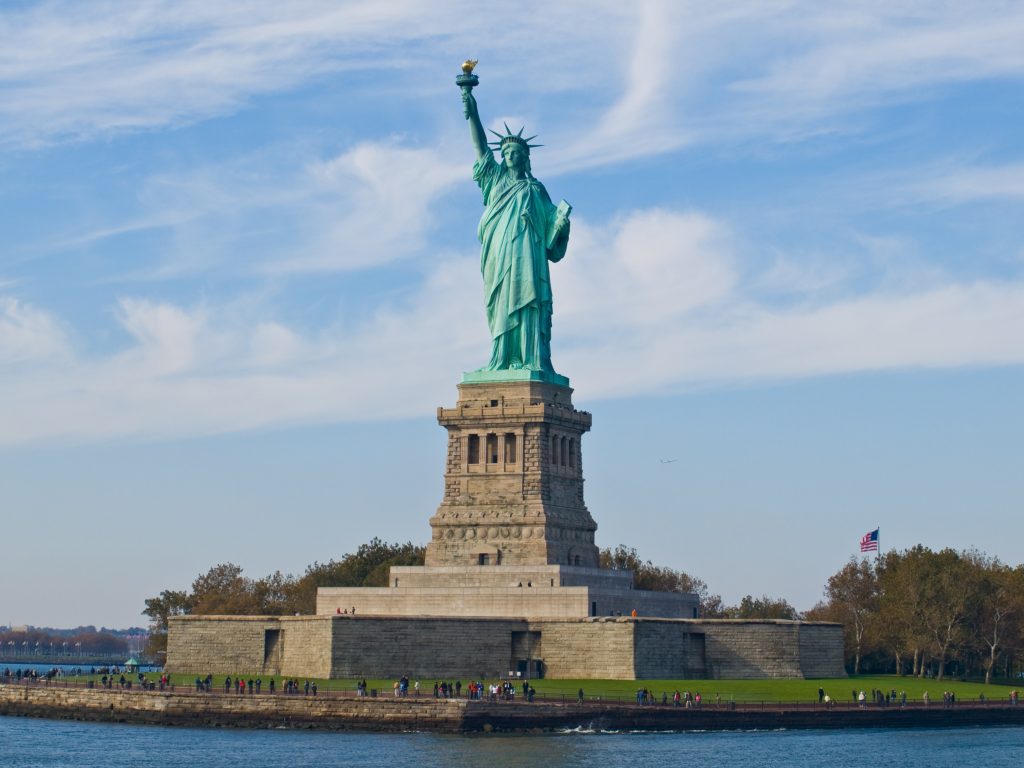
That’s a little more than one and a half football fields – taller than the Statue of Liberty!
In this Sahara, there are some areas where people have thrived for centuries, like along the Nile River – and that’s all because there’s water there!
Other well-known deserts are the Arabian Desert, which has heaps of oil and where people fight to own it so they can make a whole load of money.
Then there’s the Gobi desert which is a cold desert in China, the Atacama Desert in South America, which is the driest place in the world, and the Kalahari Desert in South Africa where the well-known television series ‘Meerkat Manor’ was filmed.
Is it always warm in the hot deserts?
Well surprisingly not. During the day it can be extremely hot, but at night you need to dress up warm! It can get really cold.
Some deserts can get as hot as 120 degrees Fahrenheit (49 degrees Celsius) during the day, and drop to 0 degrees Fahrenheit (-18 degrees Celsius) at night!
Wow, you’d certainly have to take lots of different clothes if you went on a desert adventure!
Quick Facts About Deserts
About 20 percent of the world’s land surface is desert and Europe is the only continent with no large deserts.
With such harsh conditions can animals and plants survive there? The answer is very much yes. Deserts are rich in animals and plant life.
They’ve learnt to adapt to the conditions just like humans have. More than one-sixth of the world’s population lives in desert regions.
In the hot deserts, animals have learned to keep themselves cool and they need very little water. Most of them only come out at night or live underground.
If you look at the camel, they can survive for days without food and water. Plants have also adapted and some can go without water for years. Wow!
Other plants grow really, really long roots and get water from deep down in the ground. Cacti, for example, store their water. Loads of plants sometimes live well into their hundreds. They live longer than us!
Did you know that deserts don’t always form naturally? Sometimes they form because of the way that we humans treat the land.
We allow animals to graze in the same spots and don’t notice that the plant life is disappearing, and their hooves can also damage the soil.
Another thing that harms the land is fire…which can destroy everything in its path.
So, now you know all about deserts, both hot and cold. Pretty interesting don’t you think? Have you got other desert knowledge that you’d like to share with us?
Activity Time – Test Your Knowledge!
Test your knowledge of this subject using our activity sheet for use in class or at home! Questions about Deserts (all answers found on this page).

